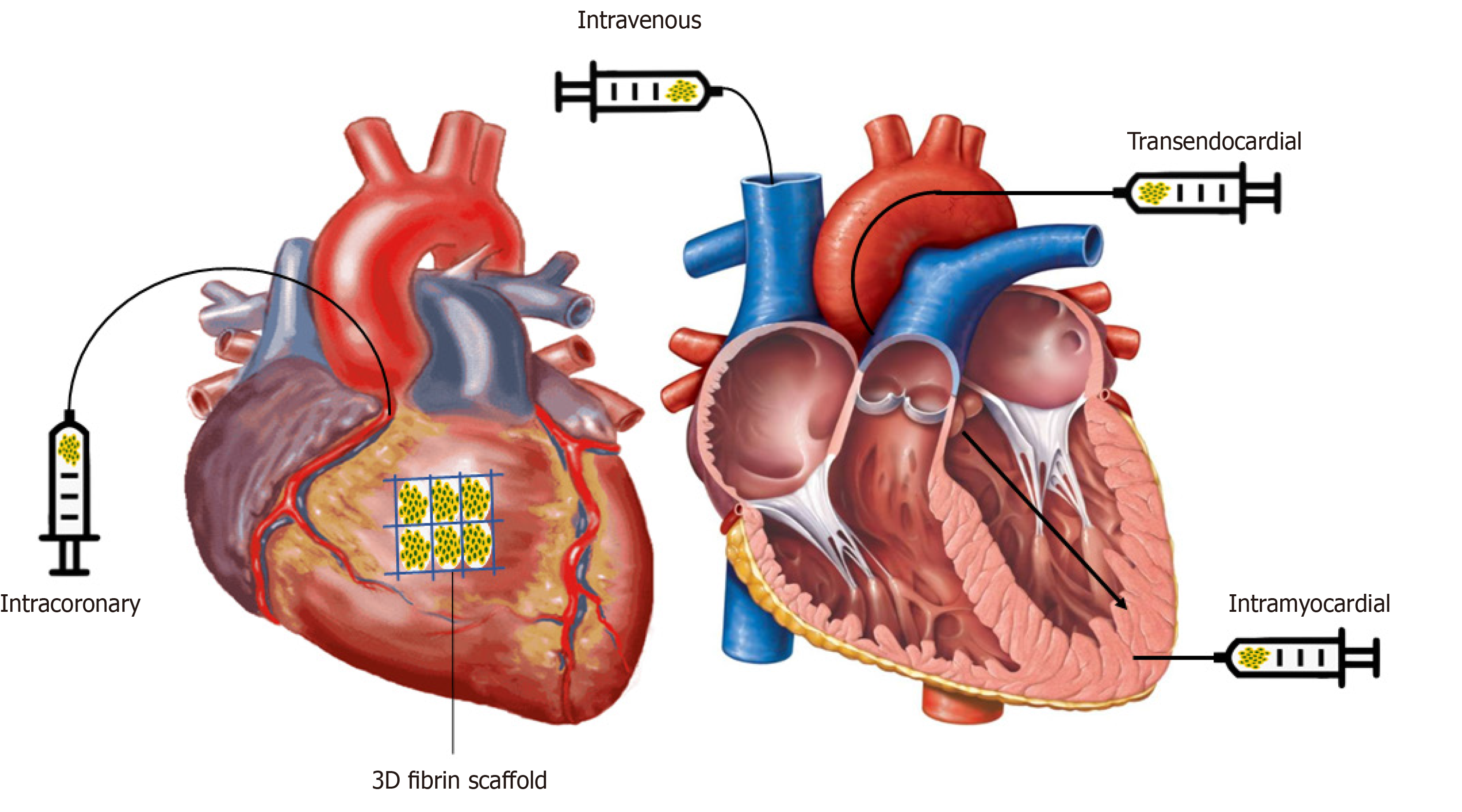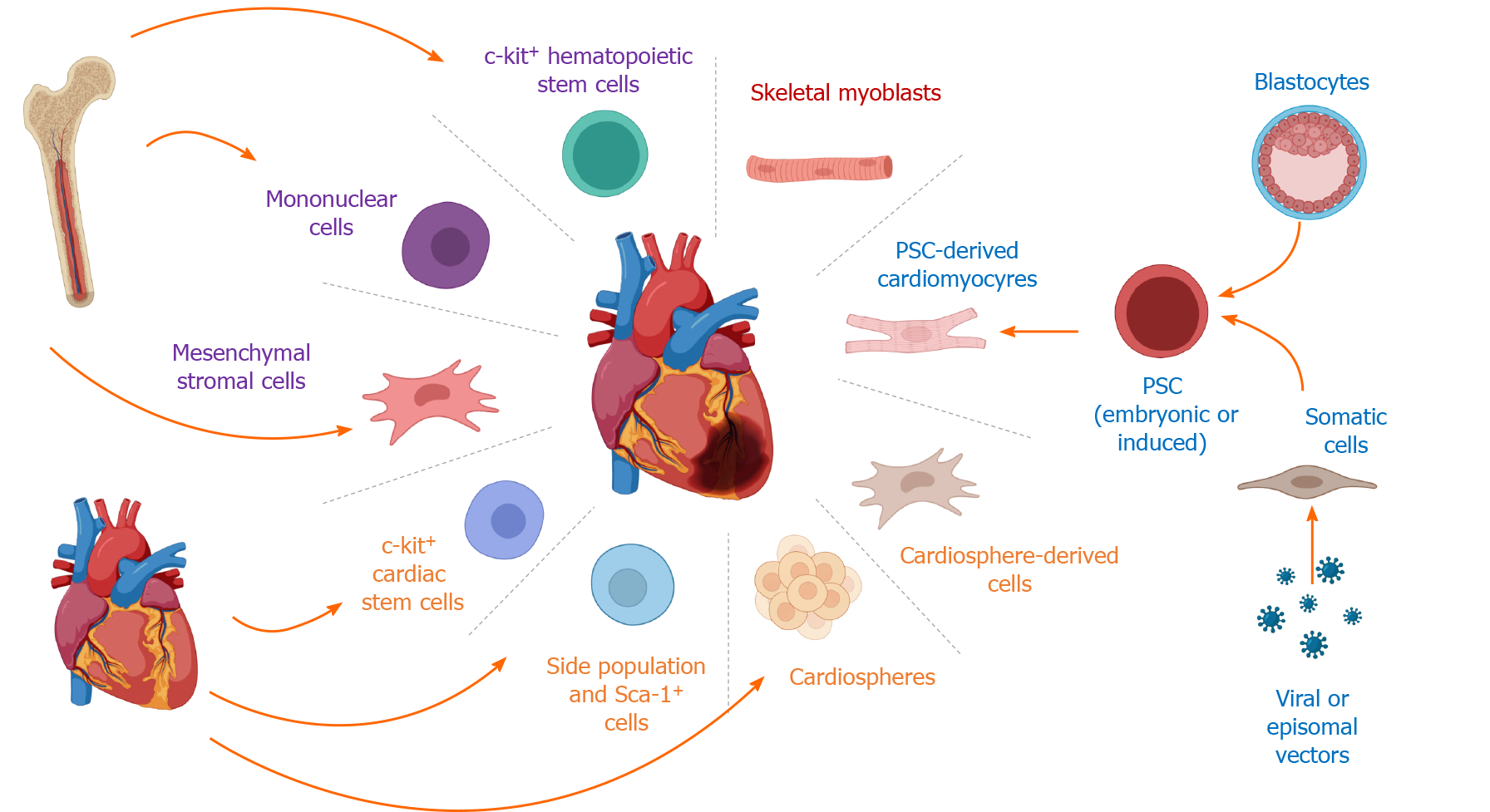Table of Contents
The authors keep in mind obstacles that remain, consisting of enhancing the engraftment success and cell survival. Because the ISCI and Miller Institution are leaders in this location, the authors also emphasize the requirement to standardize definitions and results actions in the field. "The Hare Lab remains at the forefront of pioneering brand-new therapies in this important clinical domain name.
Now we are checking out exactly how to harness such stem cells to assist clients heal their own broken hearts."The research study is guided by the Cedars-Sinai Heart Institute, with the cooperation of the Johns Hopkins University, where Dr. Marbn worked prior to signing up with Cedars-Sinai in 2007. The 24 patients taking part in the research study have hearts that were damaged and marked by cardiovascular disease.

It takes around 4 weeks for the cells to increase to numbers sufficient for healing use, approximately 10 to 25 million. In the 3rd and final action, the now-multiplied stem cells are reintroduced into the person's coronary arteries during a second catheter procedure. All individuals in the research had to have experienced cardiovascular disease within 4 weeks prior to enlisting in the research study project.
Later this summer season, it is prepared for that 12 more clients will go through treatments to obtain 25 million stem cells, while 6 additional clients will certainly be kept an eye on as controls. The initial patient, Kenneth Milles, a 39-year-old controller for a small building and construction firm in the San Fernando Valley, experienced a cardiac arrest on May 10 due to a 99 percent clog in the left anterior descending artery, a significant artery of the heart.
The process to expand the cardiac-derived stem cells entailed in the research study was created by Marbn when he was on the faculty of Johns Hopkins College. The university has declared a patent on that intellectual property, and has certified it to a firm in which Dr. Marbn has a monetary passion.

All funding was derived from the National Institutes of Health, the Donald W. Reynolds Structure and Cedars-Sinai Medical. Marbn holds The Mark Siegel Family Foundation Endowed Chair and Supervisor of the Heart Institute.
Regenerative injections targeting Atherosclerosis with promising results
Cardiac arrest is an intense or persistent problem that impacts numerous people worldwide. One of the most frequently accepted approaches of therapy normally include sign administration and drug taken for life, so the problem triggered by the problem is hefty. Stem cell therapy for cardiac arrest has become a brand-new method to treat and handle the core of the illness.
Nevertheless, stem cell therapy can aid to alleviate signs and boost the heart's pumping capability. This treatment uses the capacity of stem cells to self-regenerate and self-heal. Following the admission of stem cell injections for coronary infarction, a number of devices enter into play: Stem cells for cardiac arrest promote the development of specialized heart muscle mass cells and restore damaged cells, enhancing the heart's pumping ability.
There are multiple sorts of stem cell treatment for heart failure that have actually obtained approval adhering to a large amount of research study. These are types of grown-up stem cells that are obtained from bone marrow, fat cells, and skin cells. They have cell regenerative and anti-inflammatory residential or commercial properties. These are one of the most usual and well-researched sorts of stem cells.
These are gotten from embryos and have the pluripotent potential to change into any sort of cells, including cardiac ones. The major trouble with these cells is that, as they are extracted from embryos, they have several ethical and legal restrictions and are only used in particular situations. for the factors pointed out over.
Breakthroughs in stem cell therapy for Heart Disease and real results
These cells originate in the heart and are fit to cardiac fixing. Please, contact our medical consultant to review your wellness condition with a specialist in regenerative medicine. You can also leave your get in touch with information for a callback. It is complimentary and personal. Medical Consultant, Swiss Medica doctor The application and treatment of stem cell therapy includes 5 steps: Clients start with an on-line assessment with our clinical advisor and are then reviewed by a cardiologist, who will certainly get the necessary case history, carry out blood examinations, and request imaging studies to identify whether stem cell therapy for cardiac arrest is a viable option.
We carry out stem cells via painless stem cell shots for congestive heart failing. A highly educated physician will certainly infuse processed stem cells into the bloodstream; the entire treatment takes much less than an hour. After completing the heart disease stem cell treatment procedures, our patients will certainly be monitored for any difficulties and end results.
Navigation
Latest Posts
Stem cell injections for High Blood Pressure — what to expect
Next-gen support for Heart Failure now available
Is stem cell therapy right for Atherosclerosis in today’s clinics?